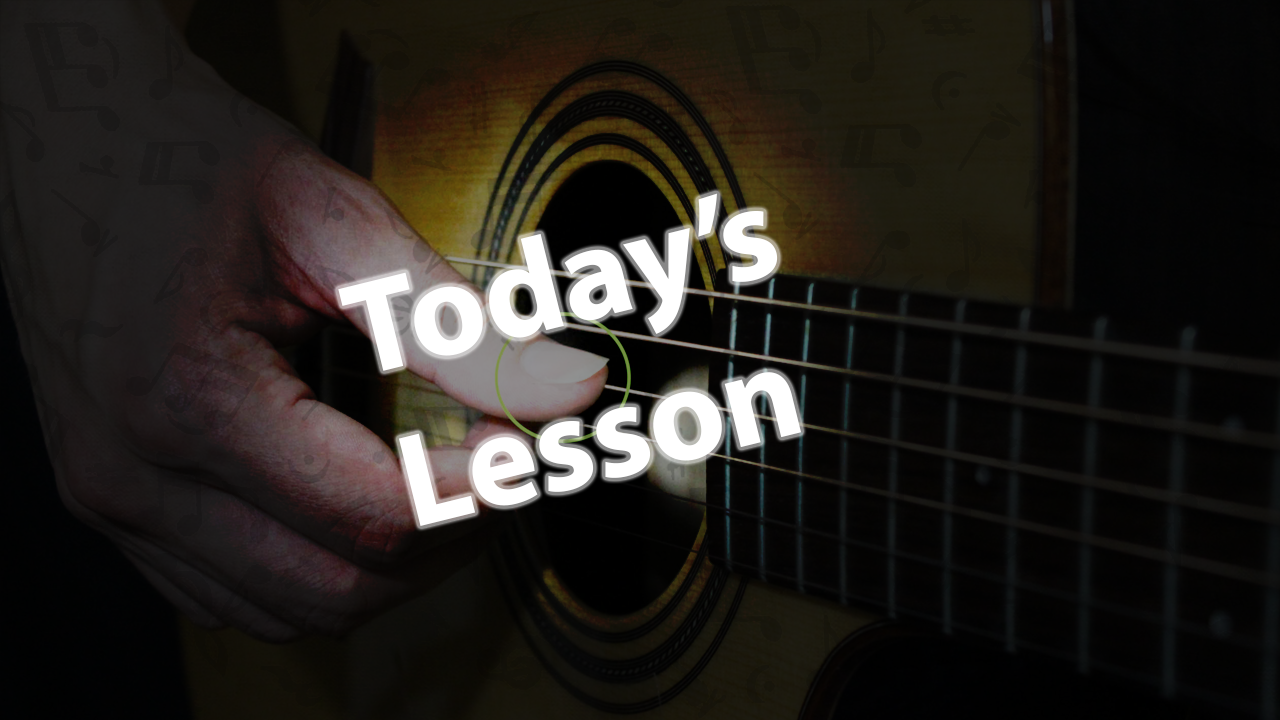What are Guitar Open Tunings?
Guitar open tunings refer to alternate ways of tuning a guitar’s strings to create different chord voicings and sounds. In standard tuning, the strings are tuned to EADGBE from lowest to highest pitch. Open tunings involve tuning the strings to form a chord when strummed open, making it easier to play certain chord progressions and allowing for unique harmonic possibilities.
Types of Guitar Open Tunings
There are several popular open tunings used by guitarists, each with its own unique sound and characteristics. Some common open tunings include:
- DADGAD – This tuning is commonly used in folk and Celtic music, creating a rich, droning sound.
- Open D – Tuning the guitar to DADF#AD allows for easy playing of major chords and bluesy riffs.
- Open G – Tuning the guitar to DGDGBD is popular in blues and rock music, allowing for a gritty, boogie-woogie sound.
- Open C – Tuning the guitar to CGCGCE creates a bright, open sound ideal for fingerstyle playing.
Advantages of Guitar Open Tunings
Using open tunings can offer several advantages to guitarists:
- Easier chord voicings – Open tunings often make it easier to play complex chords and voicings.
- Unique harmonic possibilities – Open tunings can lead to new and interesting harmonic possibilities not found in standard tuning.
- Inspiration for songwriting – The unique sounds of open tunings can inspire new ideas for songwriting and composition.
How to Tune to Open Tunings
Tuning your guitar to an open tuning is relatively simple. Use a tuner to ensure each string is tuned to the correct pitch for the desired open tuning. You can also use harmonics or fretted notes on one string to match the pitch of another string in the tuning.
Experimenting with Guitar Open Tunings
Experimenting with open tunings can be a fun and creative way to explore new sounds on the guitar. Try out different open tunings and see how they influence your playing style and musical ideas. Don’t be afraid to make mistakes and let your experimentation lead to new musical discoveries!


0 Comments